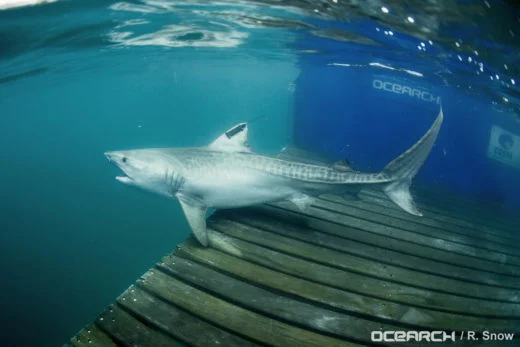At the UN Biodiversity Conference or COP15 in December 2022, it became clear that we must advance local leadership to achieve a green recovery. During COP15, the 7th Summit for Subnational Governments and Cities was held. It rapidly became clear that the level of concrete commitments and action to protect and restore biodiversity was, perhaps, far higher than what national governments were willing to commit.
For example, the State of California and the Province of Quebec signed an agreement during COP15 to exchange knowledge and increase biodiversity protections while also increasing access to green spaces for their communities.
Likewise, Mayors and city officials from around the world didn’t just make promises, but outlined and announced actions, such as the Montreal Pledge: Cities United in Action for Biodiversity. Over 47 cities have signed on to take 15 concrete actions.
Many of these local commitments involve direct engagement of communities that have experienced the greatest injustices and inequities, making it clear that such local efforts can be role models for national and regional efforts.
Again and again we are seeing that local governments and communities can show us the green recovery path through real, on the ground action. With the right funding and support, they can lead the way from the bottom on up.








